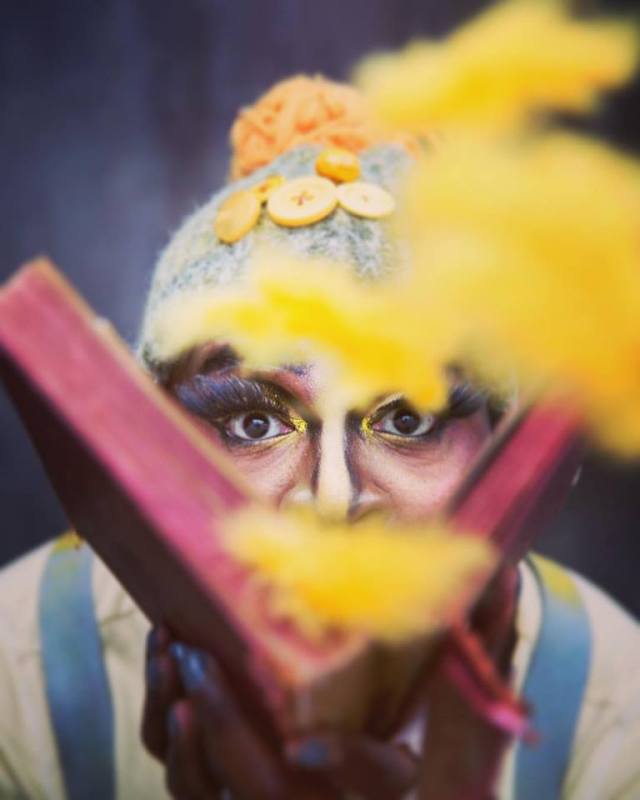Psychedelic Musings from Across the Multiverse
We truly live in the age of the podcast. Ever since Sarah Koenig’s sensational true-crime Serial rapped upon our eardrums, the medium has acquired countless listeners and audio creators. It’s come to a point where every celebrity, YouTuber, journalist, and group of white men have dabbled in the art.
I, myself, am a self-defined podcast-hopper. One minute I’ll be investigating ISIS recruitment tactics with Rukmini Callimachi in Caliphate, the next I’m following the mythical adventures of the McElroy brothers in The Adventure Zone or chortling at Tom Kerridge’s 24 cans of Stella order from The Off Menu’s genie restaurant. So maybe the story of ‘space-caster’ Clancy in Netflix’s The Midnight Gospel will resonate with me.

The Midnight Gospel follows Clancy (Duncan Trussell) as he travels through bizarre simulations interviewing kooky characters for his ‘space-cast’ about life, death, paraphernalia, and mindfulness.
The show takes clips from The Duncan Trussell Family Hour and transforms them into mind-blowing kaleidoscopic animations courtesy of Adventure Time artist Pendleton Ward. The result is a strangely entrancing dissonance between the in-depth, sincere dialogue and crazy visuals as Clancy and his guest escape fascist regimes, zombie apocalypses, and a moon prison of lost souls.
My brain did struggle to flit between the chilled-out conversations and nightmarish animations, yet this is Trussell’s intention. Ironically, characters nonchalantly natter on about mindfulness and meditation, all the while their simulated surroundings are on the brink of collapse. In fact, almost all of Clancy’s adventures end in an apocalyptic meltdown. Clancy is hell-bent on making his new life creating space-casts work, yet his laziness and ignorance constantly undermine his efforts.

It’s immediately apparent the animators were given unadulterated freedom. Shapes and images swirl in a haze of perverted sceneries and gruesome killings. One episode observes Clancy’s body being ground into meat and sent through a cityscape of brain-hungry clowns as resistance members cut down the city’s clown oppressors in stunning animated fluidity.
I’m intentionally writing openly about The Midnight Gospel’s content because I’m sure some reading will decide the show isn’t for them. The carnage can be repellent and scenarios childish to some. Heading into the last episode, I was coming to the conclusion that The Midnight Gospel would struggle to attract a mainstream audience. Yet the show’s season finale astounded me as one of the best modern episodes of television to date.
Netflix has had a rather good run with their finales this year. BoJack Horseman’s and The Good Place’s closing moments neatly tied up their series with admirable maturity and life-affirming last messages. However, despite only knowing Clancy for seven episodes, The Midnight Gospel’s final chapter is an absolute slam-dunk. Each minute wrenches at every fibre of your being. It’s a truly heart-breaking story that leaves you emotionally drained by the end.
If you find the show’s illustrations and side-luggage of peculiarity off-putting, I won’t blame you for checking out from boarding. Yet I would earnestly recommend you watch the last episode. You won’t leave your screen with dry eyes.




0 Comments